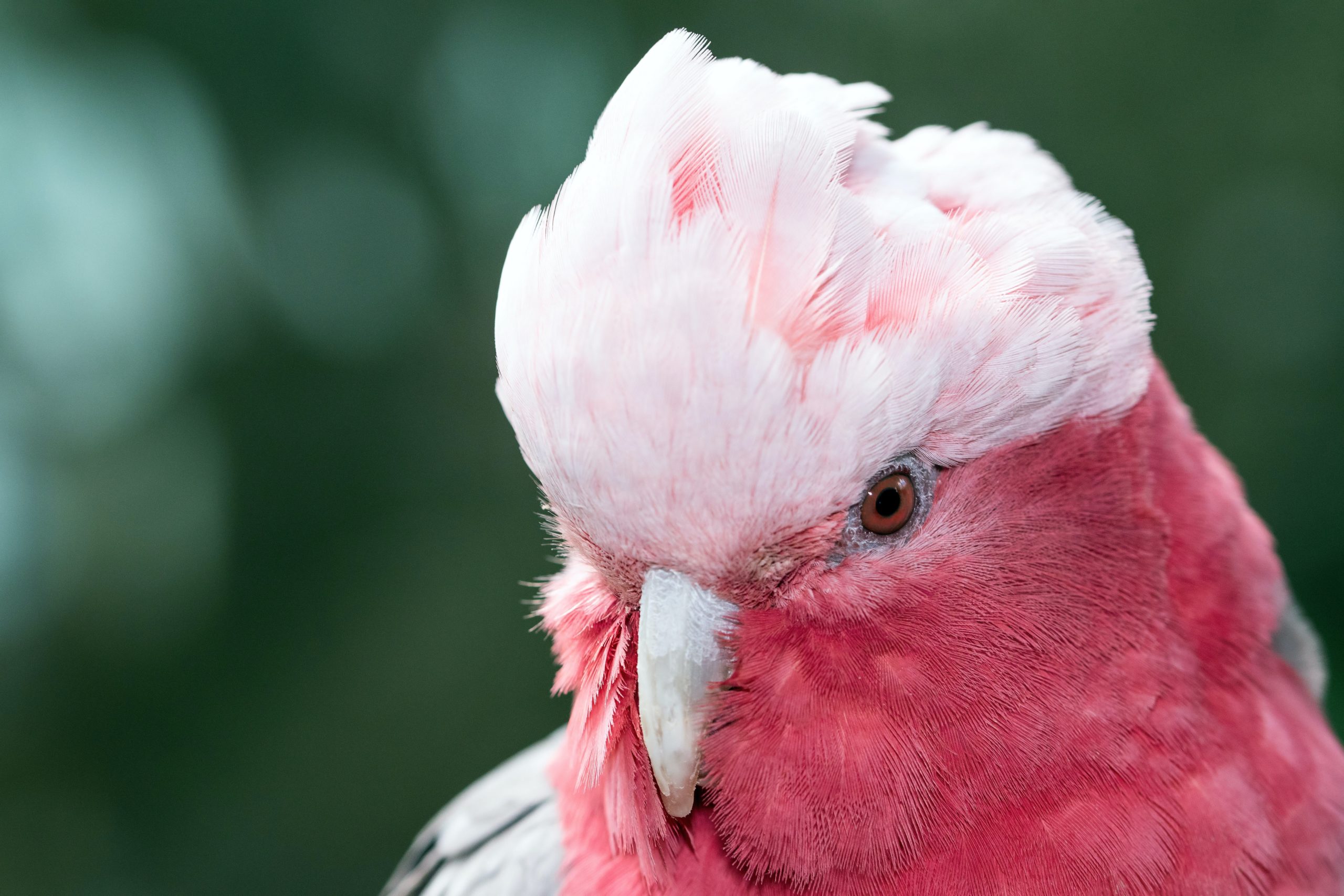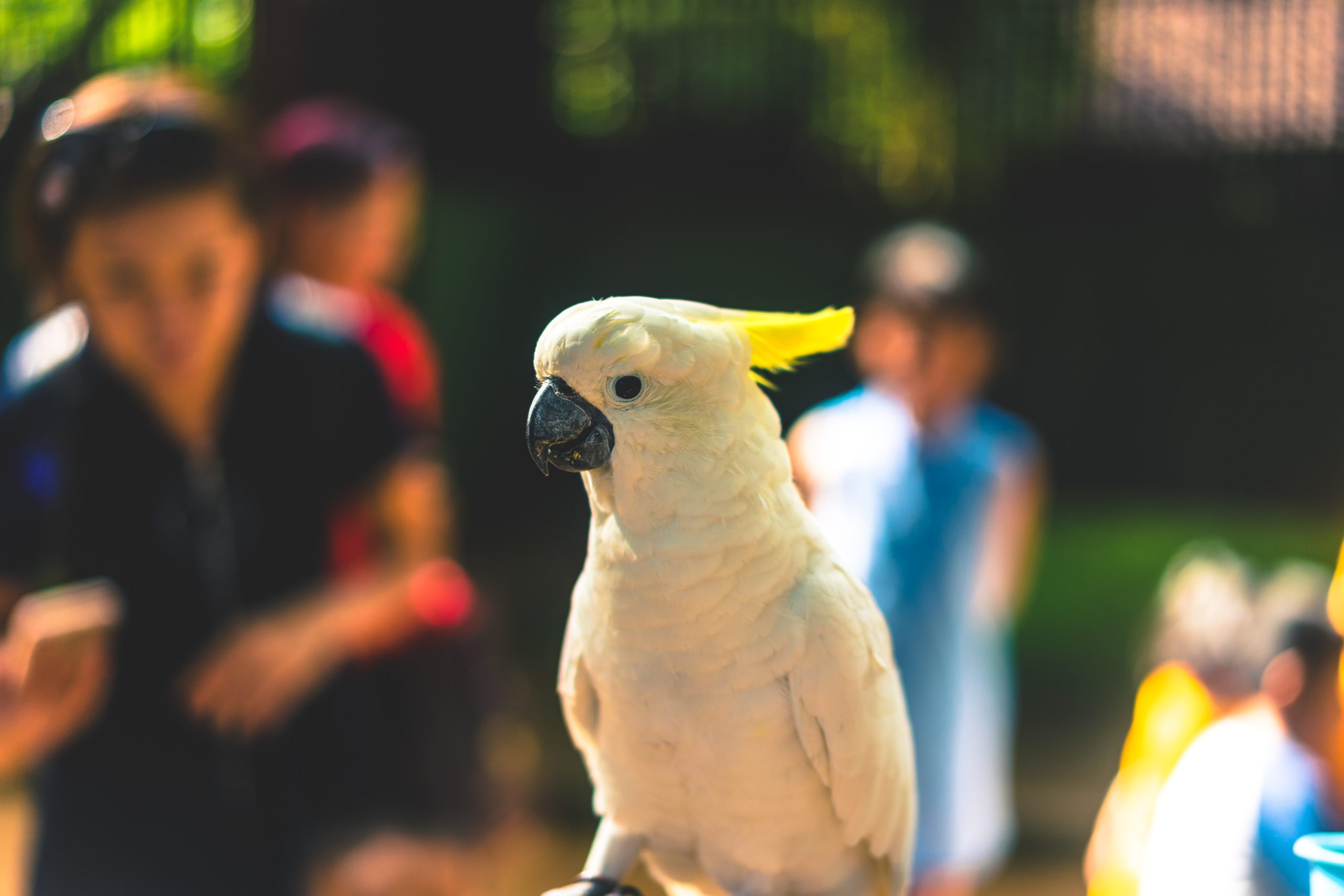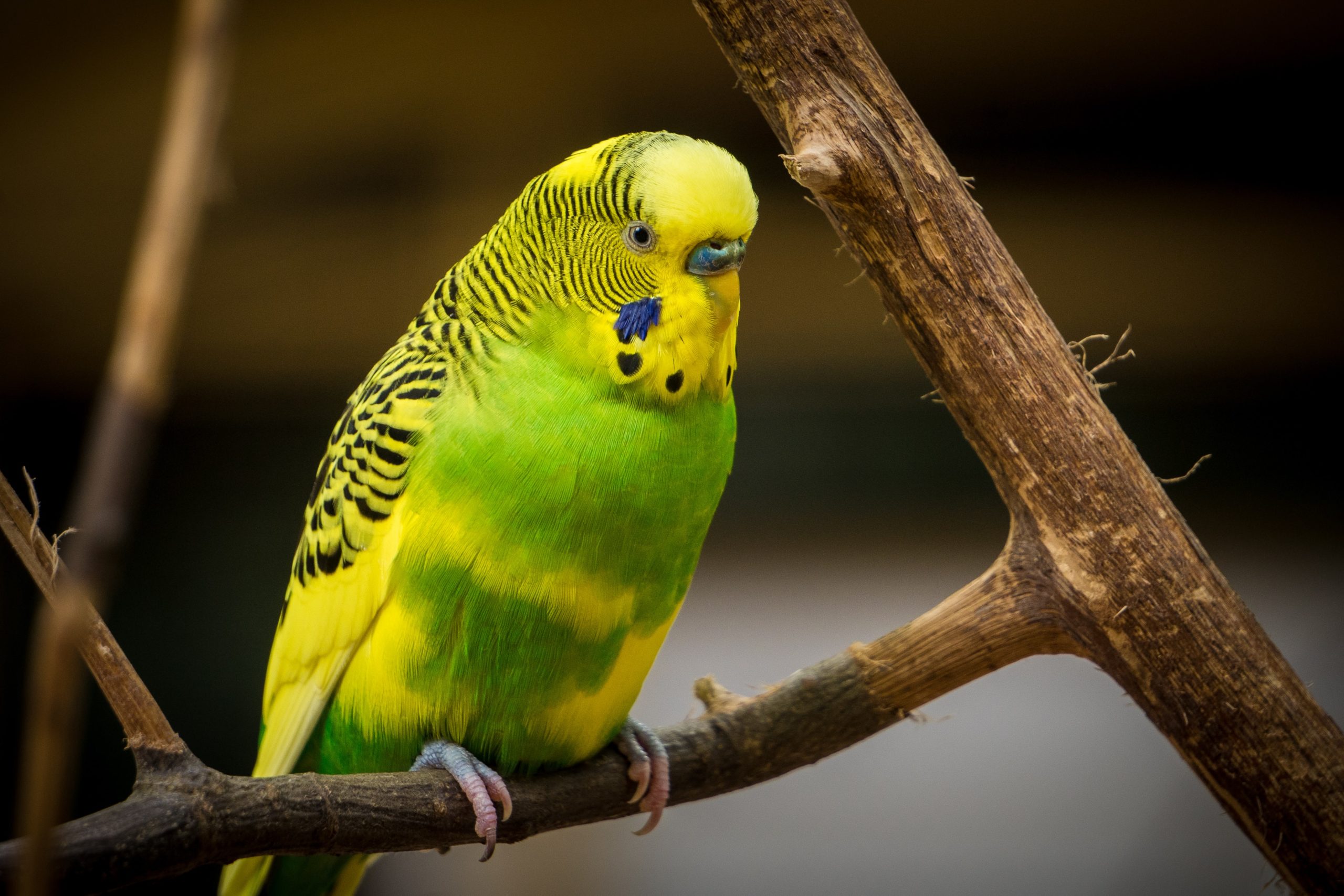Psittacine Beak and Feather Disease (or PBFD for short) is one of the nastiest, most aggressive diseases in aviculture, making it important for parrot owners to understand.
What causes PBFD?
PBFD is caused by a small virus known as ‘Circovirus’. The virus is passed from bird to bird via feather dust, droppings (fresh or dried) or crop secretions – in particular, babies in the nest are most susceptible to infection. The Circovirus is also incredibly tough, resistant to many disinfectants and can survive in the environment for extended periods of time before infecting other birds – some say for years.
How can I tell if my bird has PBFD?
The prime target for Psittacine Circovirus is a bird’s immune system and other rapidly dividing cells. If you are experienced with PBFD you could almost diagnose the disease in certain species of parrot from the next room. Even after being fed, kept warm and all other needs being tended to, baby Sulphur-Crested Cockatoos and Galahs, for example, will continue to beg and whine for their parents (or their human counterpart). Sadly this behaviour is due to the bird being sick, knowing it is sick and seeking out as much help and comfort as possible – a healthy baby has no need to beg for anything else when it is well fed and warm!
Other tell-tale signs in Cockies are an overly black, glossy beak when compared to the normal dull powdery look. Dirty feathers in baby birds suffering from PBFD are also different to feathers in a healthy baby that are soiled by food. Both of these signs are caused by the Circovirus preventing the bird from producing normal feather down. Abnormal feather growth and the loss of feathers in later stages of the disease are obviously easy to pick, but often feather loss is misinterpreted by the bird’s owner as self-plucking. A good indicator of a more serious problem is when single birds are not only missing tail and flight feathers, but also those from their head or crest – these feathers are quite a bit harder for a single bird pluck to pluck itself!
Feathers lost from birds with PBFD will also look different and can be inspected for abnormalities, a feather shaft end with a ‘withered’ look is generally a good indicator that the problem is in the growth of the feather, not in the feather being plucked or chewed. At later stages of the chronic form of the disease, the beak and claws are also affected, becoming brittle, overgrown and often with a necrotic or ‘dead’ under layer – these symptoms are quite painful for the bird.
How is PBFD diagnosed?
The most common method of diagnosing PBFD in parrots is the PCR test. This test involves the collection of feather or blood samples from the bird (not the environment) and having them laboratory tested for a positive or negative reading.
These tests are incredibly sensitive, so choosing a well-respected laboratory to conduct them and collecting samples free of contamination are essential. Further tests are also available to measure the activity of the virus, such as the HI/HA test. Please contact your avian specialist for more information.
Some tips for avoiding PBFD
- Always be careful when purchasing the common carriers of the disease, such as Cockatoos and Galahs. Know the breeder well and even request a PCR test for Circovirus before purchase.
- Avoid picking up and bringing home any wild Galahs, Cockatoos or any other parrot for that matter that may have ‘fallen’ from their nest. This is a classic way that the Circovirus is introduced to otherwise healthy breeding setups.
- Be mindful of this disease when novice breeders ask for help with babies that are ‘struggling’. Unfortunately helping out a friend with a baby they are having trouble with can often lead to you either handling an infected baby and bringing the virus home on your clothes and shoes, or having the baby brought into your home and physically spreading the disease through your aviaries.
Is there any treatment for PBFD?
There is no cure for PBFD. The best course of therapy for infected birds is usually euthanasia. This is both the most humane option and the safest way to prevent the spread of the disease to other birds.
Pet birds with PBFD can be kept for some time after the physical symptoms begin to show, however a good quality diet and excellent hygiene measures are a must. The attacks by the virus on the bird’s immune system leave it very vulnerable to infection and in need of as much help against further disease as possible.
Euthanasia for infected birds in breeding collections, however, is highly recommended as these birds act as carriers and shedders of the virus. Always keep a quality, safe, hospital grade disinfectant on hand such as Avicare for the disinfection of anything that has potentially come in contact with an infected bird. It is crucial that we remember how easily this particular virus spreads and what we need to do to control it. At the end of the day, prevention is the only real defence that a bird keeper has at his/her disposal.
Dr Tony Gestier BVSc(Hons) MACVSc BMSc is an Avian Veterinarian and the owner of Vetafarm.





